I will try to draw a picture of it and how we have learnt to live with it and get by.
Hi again, this time I’m not going to talk about our beautiful country but about an issue that has been a concern for Argentines for quite a long time: the presence of very high inflation rates. I’ll share with you some strategies we’ve used to deal with this situation as regular citizens. I am by no means an expert, or can I offer a solution to this extremely troubling circumstance, but I will try to draw a picture of it and how we have learnt to live with it and get by.
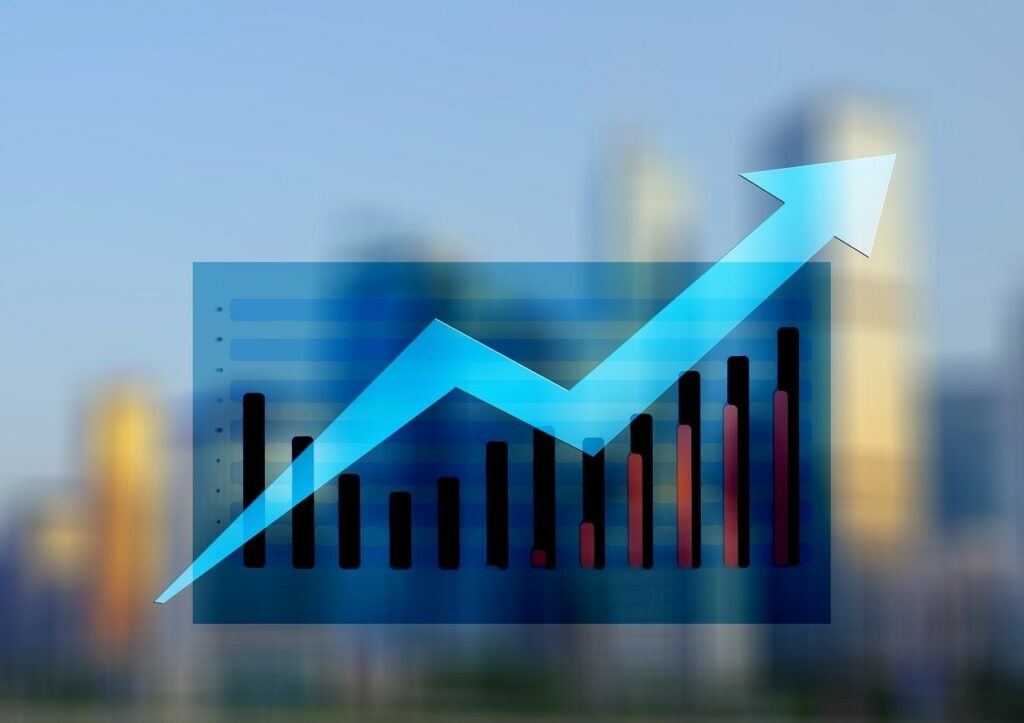
As Argentines we have become accustomed to deal with a certain level of inflation as well as cyclic inflationary spikes, as part of reality.
The feeling our money just simply flies away from our hands, is a situation we’ve come to get used to. When I was a kid, I say a man at the beach literally chasing some banknotes along the shoreline. Supposedly it had been the wind, but I think it was a living metaphor of how we have been feeling through these years.
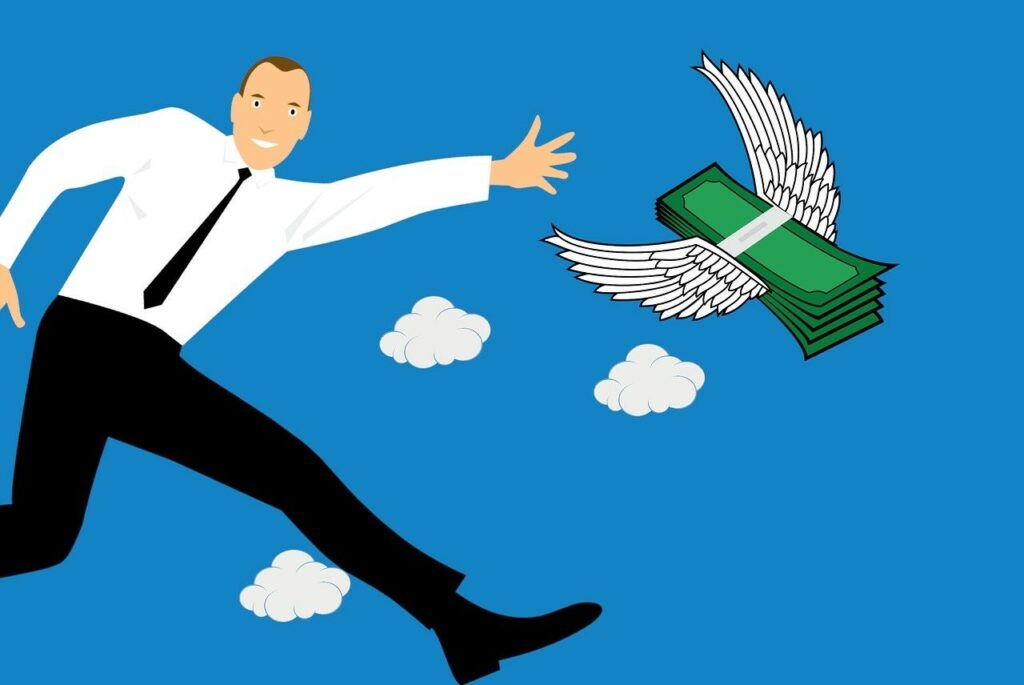
Historically, Argentina has experienced an average annual inflation rate of around 50% during the last 210 years, according to mainstream economic studies. Can you picture that? This is just an average, there have been periods of relative stability and also of inflationary spikes, the highest of which rose up to an annual rate of 3.079,5%. Yes, you have read correctly that was four digits. This scenario was called hyperinflation it occurred in 1989 in the midst of a political, institutional, and social crisis of massive proportions.
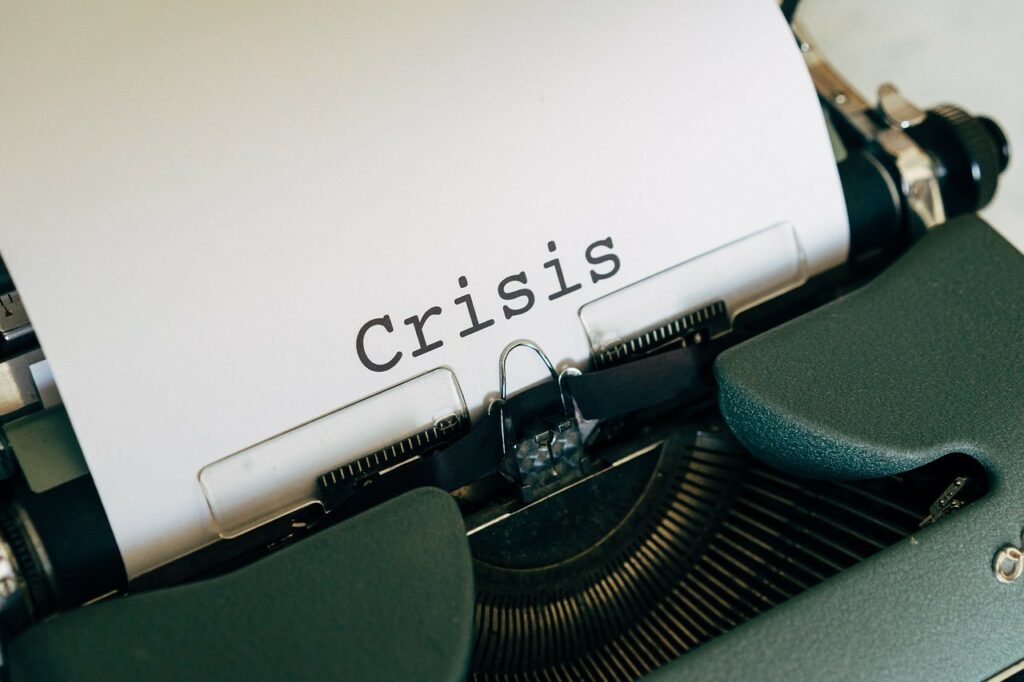
Experiencing this crisis left a forever mark in those of us who lived through it. Imagine that at the beginning of the year you could buy a sandwich for ₳ 2 australes[1] (this was the name of the currency we had at the time) and by the end of the year, that same sandwich would cost you around ₳ 6.000 australes!!!
I know, it seems hard to believe, but that really happened. Of course, at the time, the price of sandwiches was the least of our worries and this is just an example to illustrate the idea. The value on the banknotes had to be increased several times, ending with banknotes of up to 500.000 australes. If you ever forgot a random banknote in a jacket pocket and found it a few months later, you’d most probably need to just throw it away along with the recyclables because it wouldn’t be worth a penny, or you could use it to light the fire. That’s how fast it disappeared!

You might be wondering: Why am I talking about 1989 if we are already in 2023? I know this was more than 30 years ago, but I needed you to understand the broader picture and maybe just a little of how it might have felt at the time because it left a scar in all of us, and the feeling of uncertainty has intermittently followed us throughout these years. Older generations have many other scars that I won’t talk about because I haven’t experienced them in person as such.
The terrible crisis in 2001 left another serious scar and nurtured a great mistrust in the financial system itself. I will not go into details on this but what you need to know is that the government took extreme measures, including seizure of deposits and savings in banks; it was called “Corralito” and basically swiped the people’s savings, because when they were returned to them the real value had diminished greatly. All this ended with a huge crisis in December and the president’s resignation.
We have lived periods of relative stability where inflation rates lower or around 1%, but unfortunately, they didn’t last long. The matter is that we Argentines have become used to knowing that nothing is certain and that at times going to the supermarket can feel like a rollercoaster ride, the main difference being that it will always go up not down.
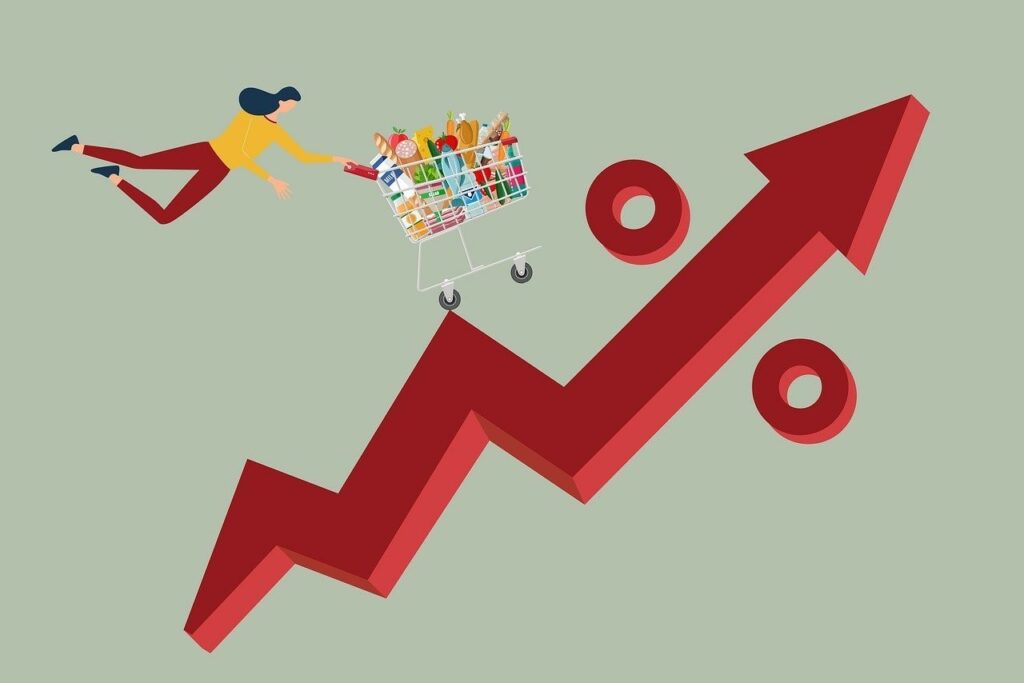
Sometimes we feel desperate, like this little guy here.
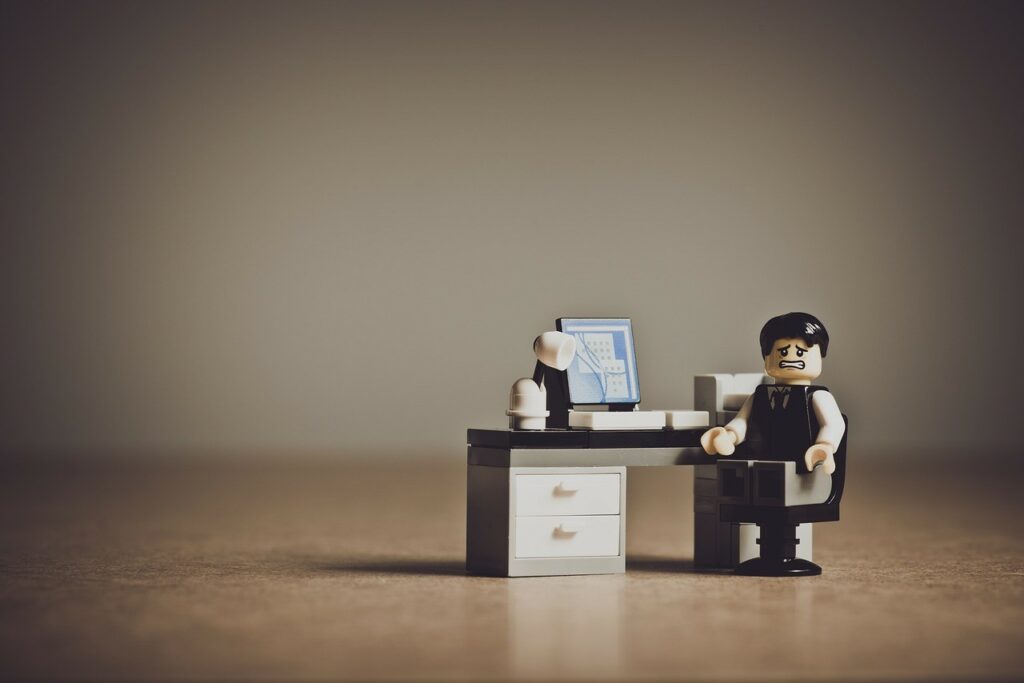
But it has definitely made us more resilient and has given us a ton of abilities to survive hostile and ever-changing environments.
We are used to prices that can always go up and at ever changing rates. This means that if you need to buy something expensive you do it as soon as you have enough money, because there’s no way to know if you’ll be able to afford it if you wait.
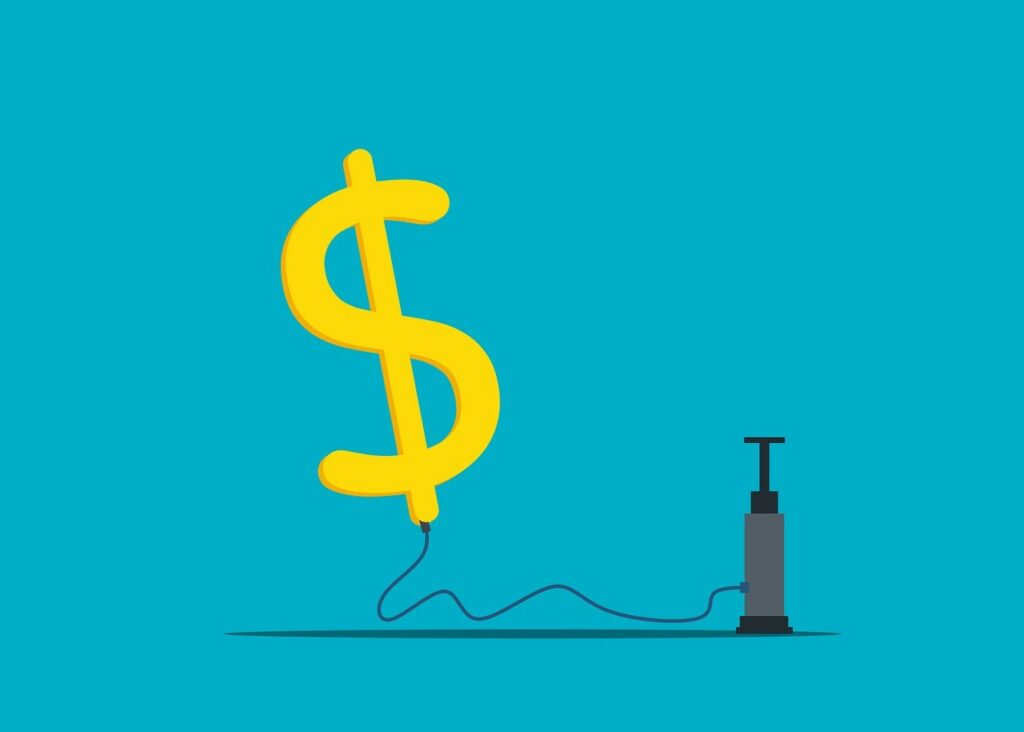
Considering the value of the peso (current currency) tends to go down, we tend to protect the little savings we might have by purchasing foreign currency, dollars in particular. And it’s also quite common to keep the banknotes themselves hidden in our homes, that’s how much we trust our financial system!
This year (2023) inflation is particularly challenging, annual rate has gone up to 150%. This means saving has become particularly hard for us, if not almost impossible. Our salaries don’t go up at the same rate as the inflation and we seem to always be chasing our money like the man at the beach I told you about. So, what do we do? We spend it in things we enjoy, like going out to dinner or attending concerts or movies or meeting up with friends or travelling, because the experience, the joy, is something no one can ever take away from us.


Also, we always hope that better times will come, and we are grateful to have our families and friends to share every moment with. And I’m sure that if we work together, we can overcome yet another crisis and come out even stronger.

[1] Australes was the local currency between June 15, 1985, and December 31, 1991.

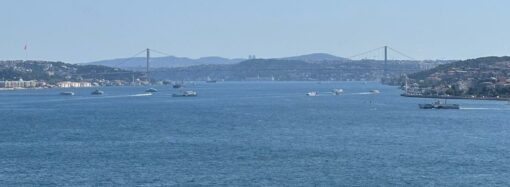
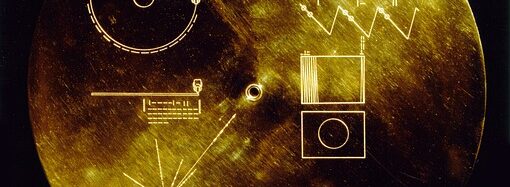


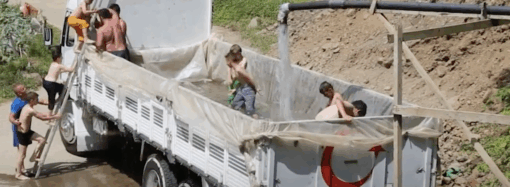






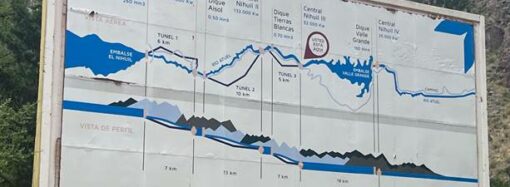






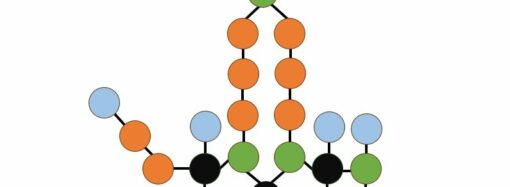














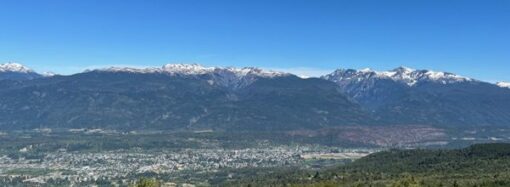

















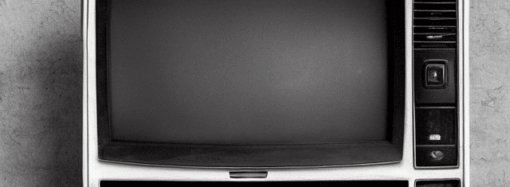





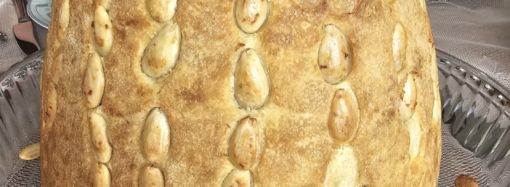










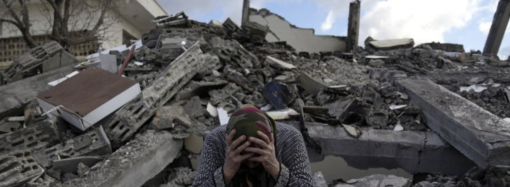

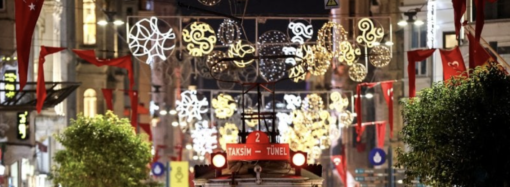







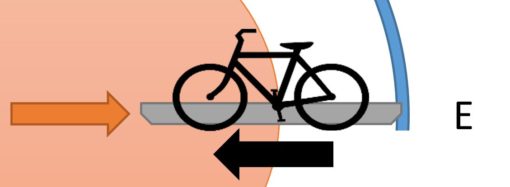











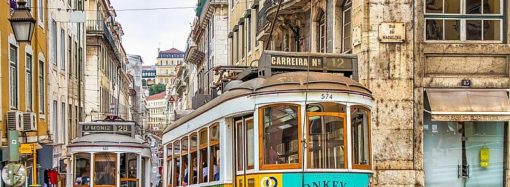


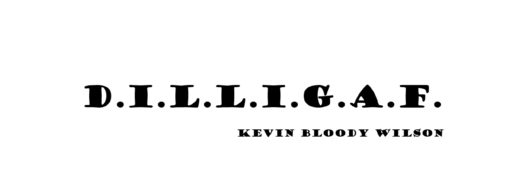





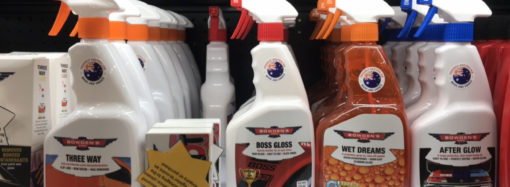


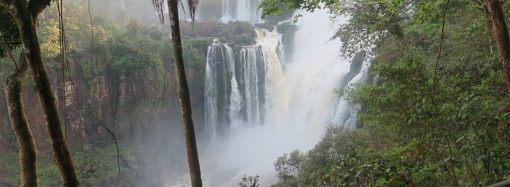









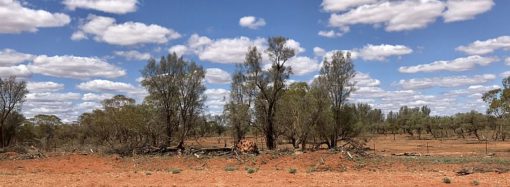

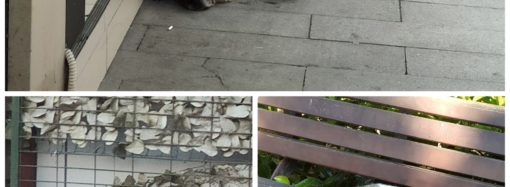


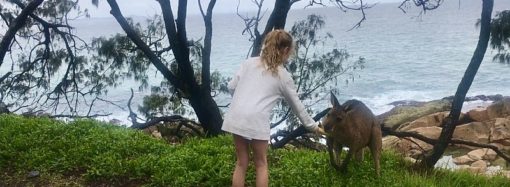









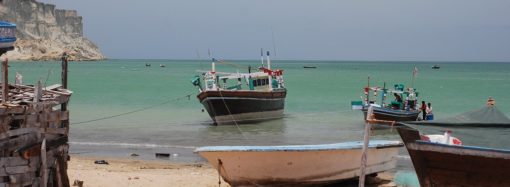








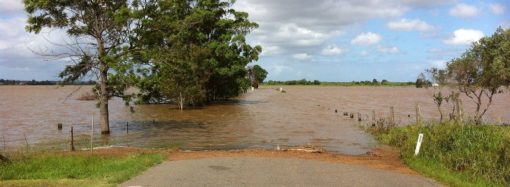

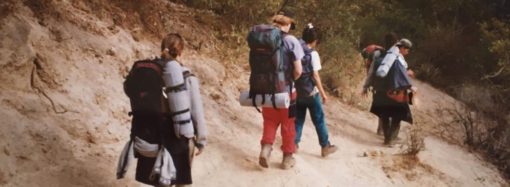




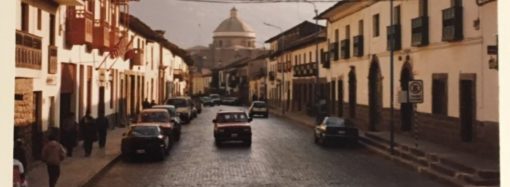




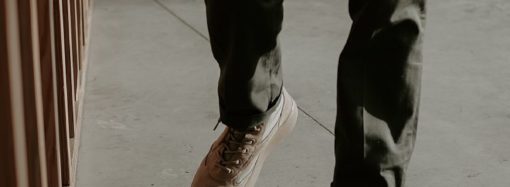
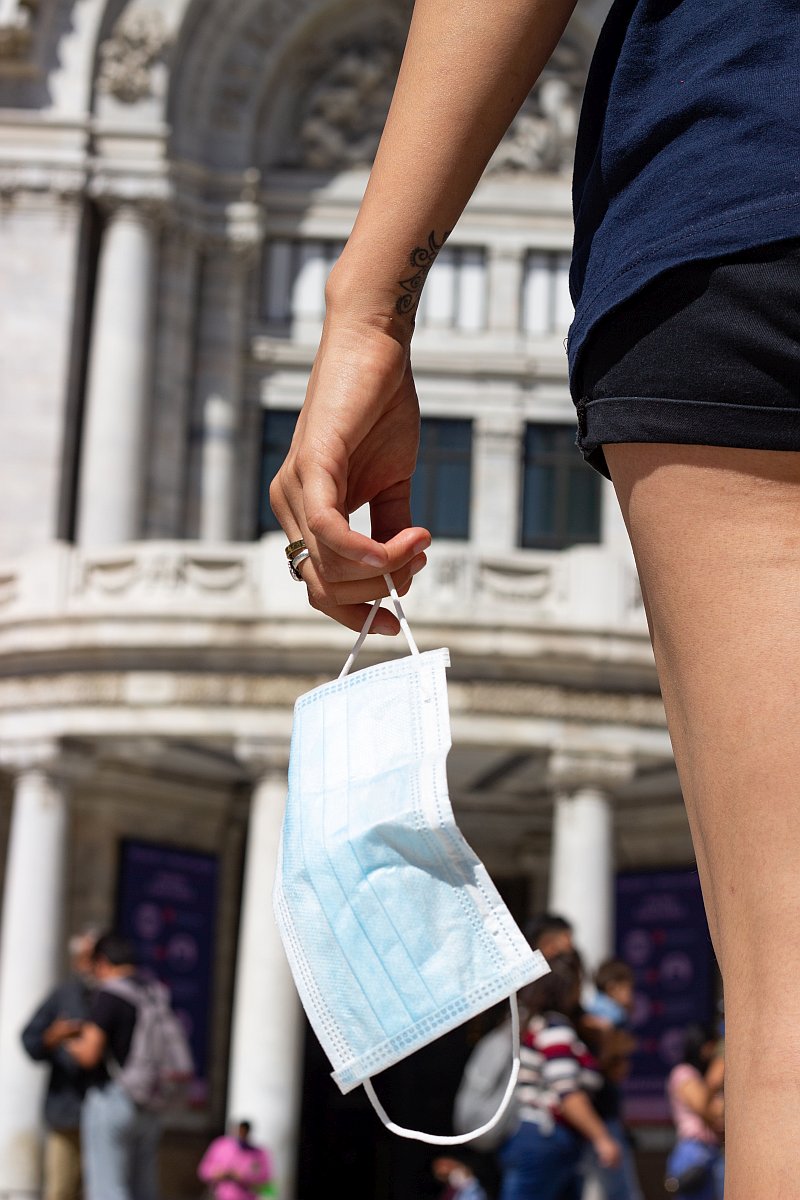
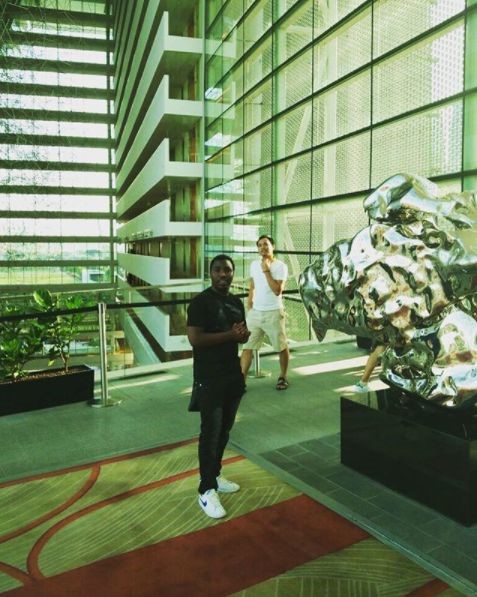

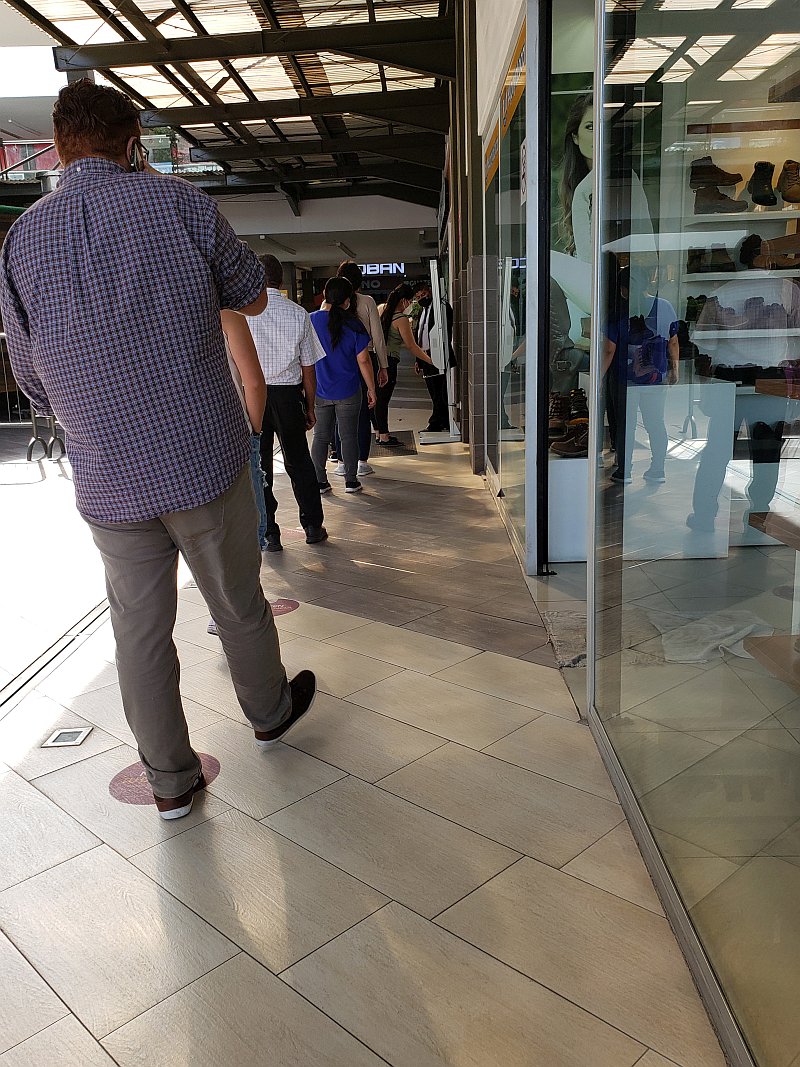
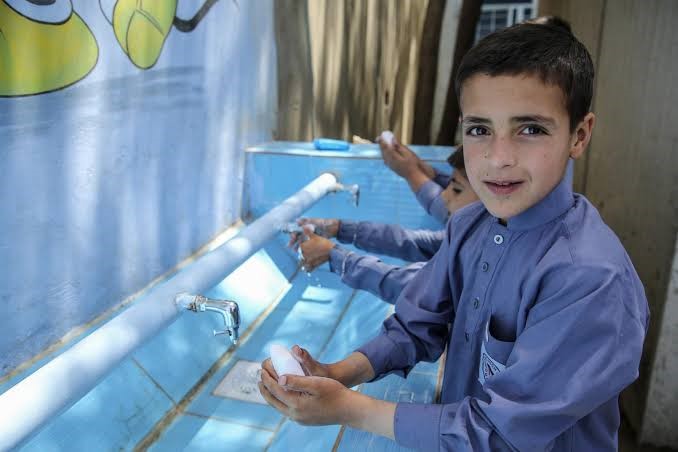
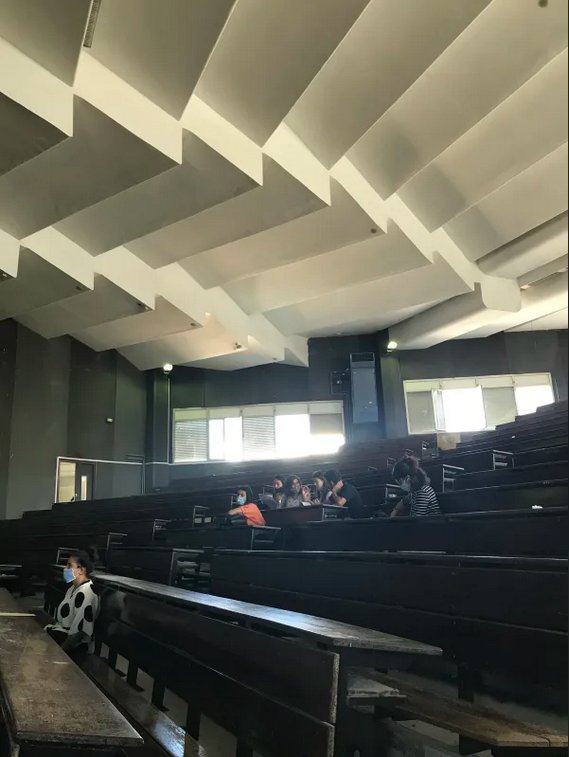


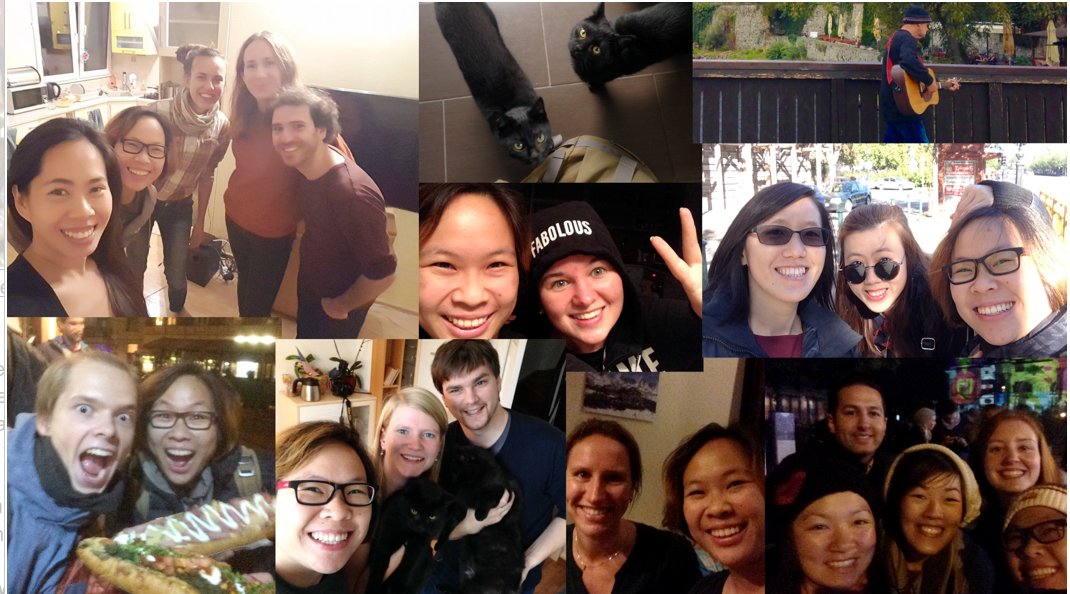
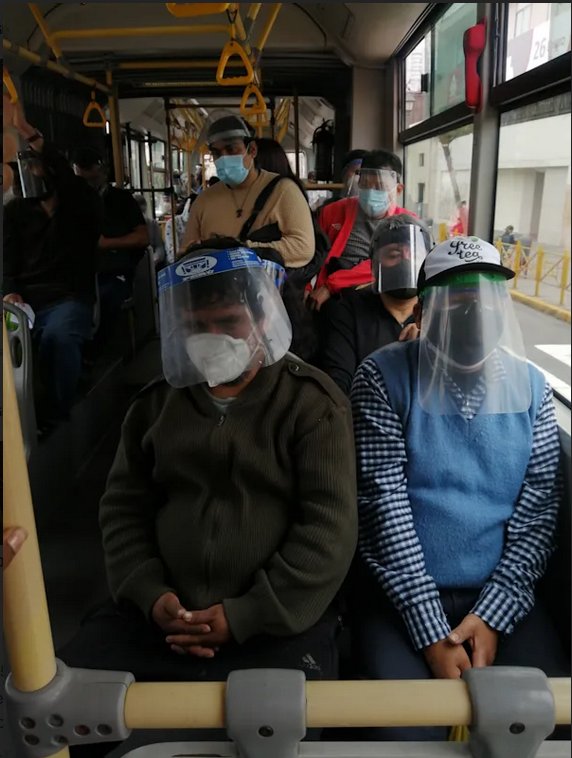

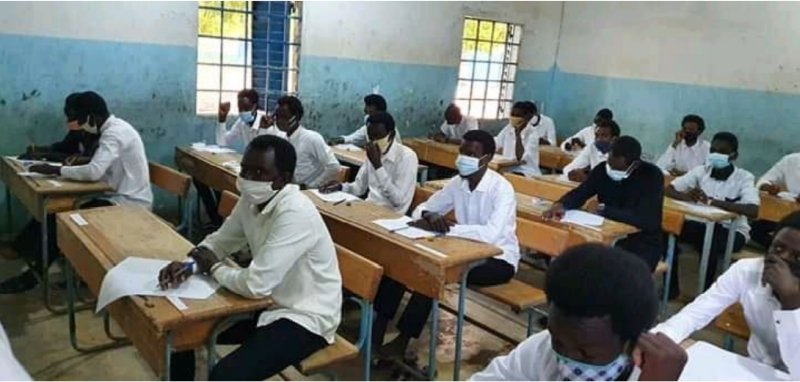
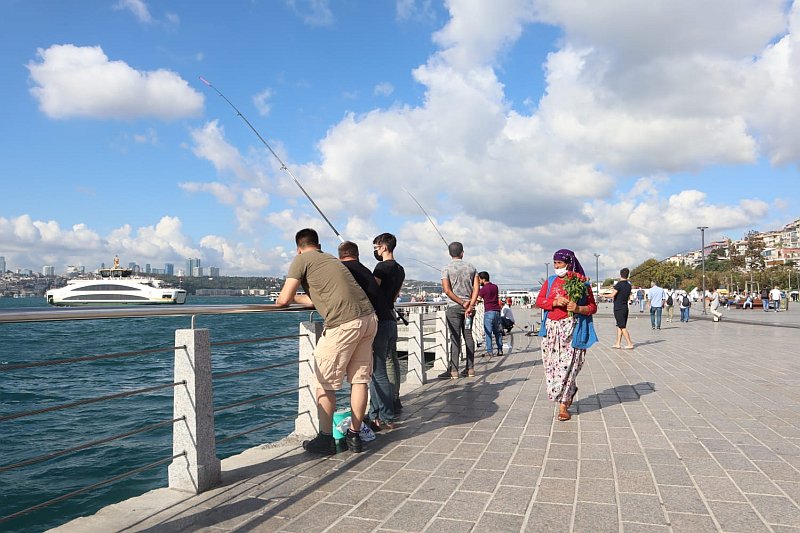
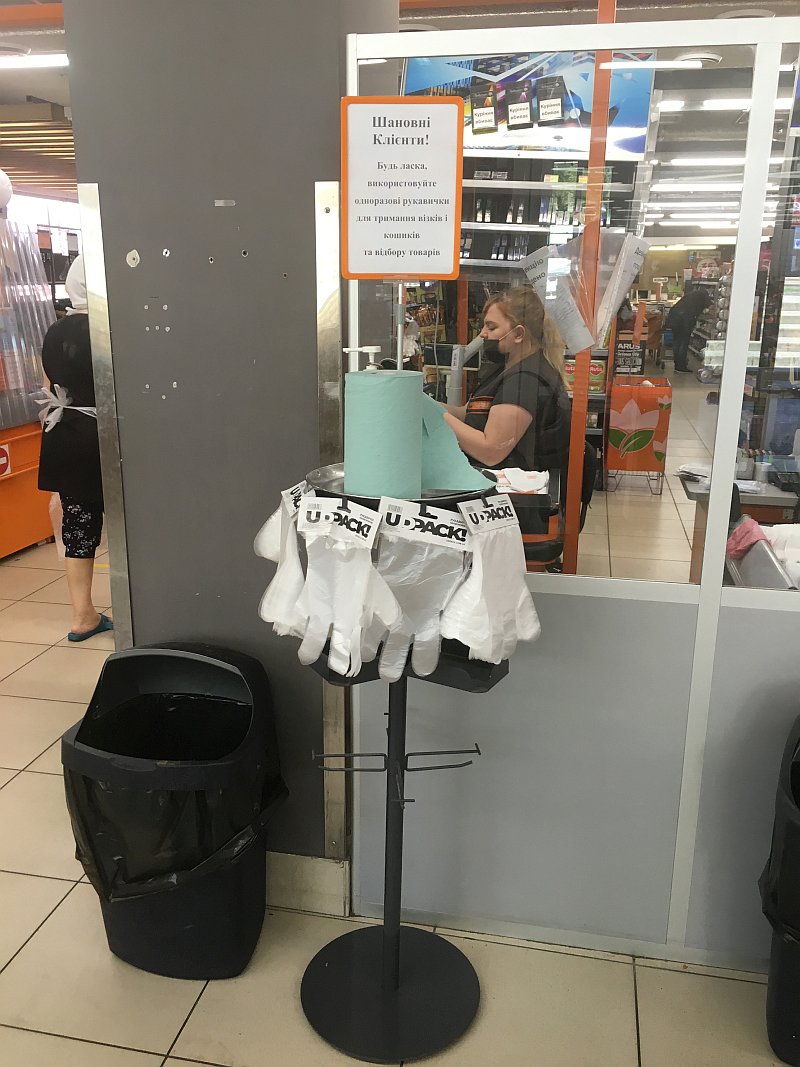

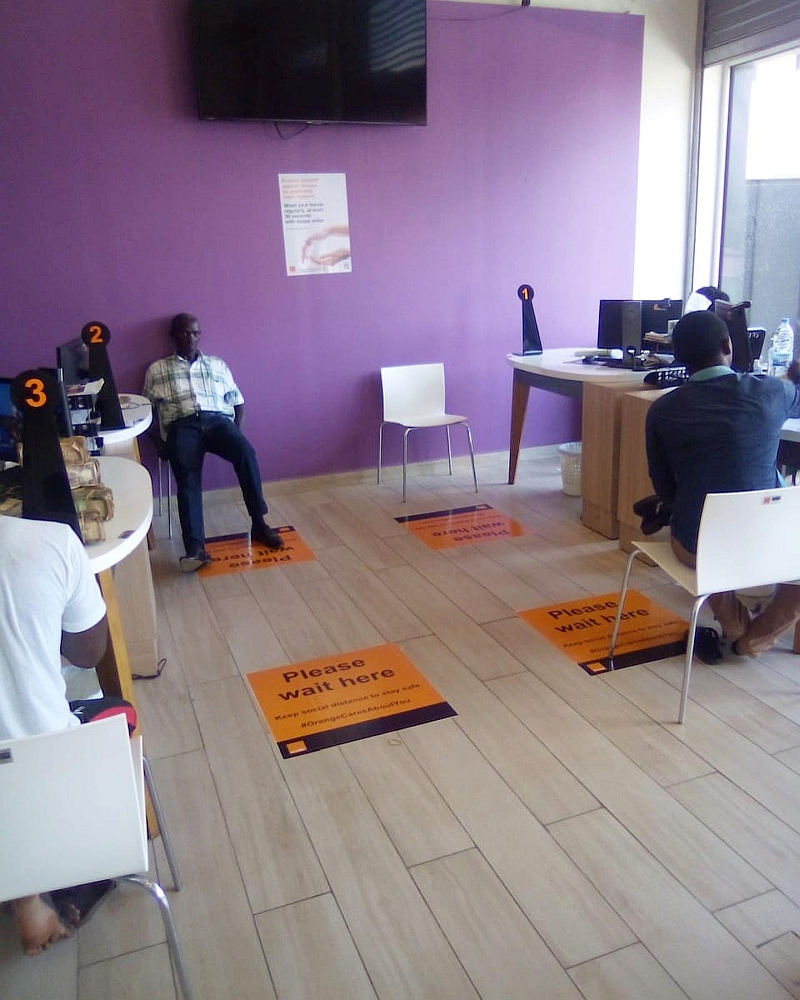
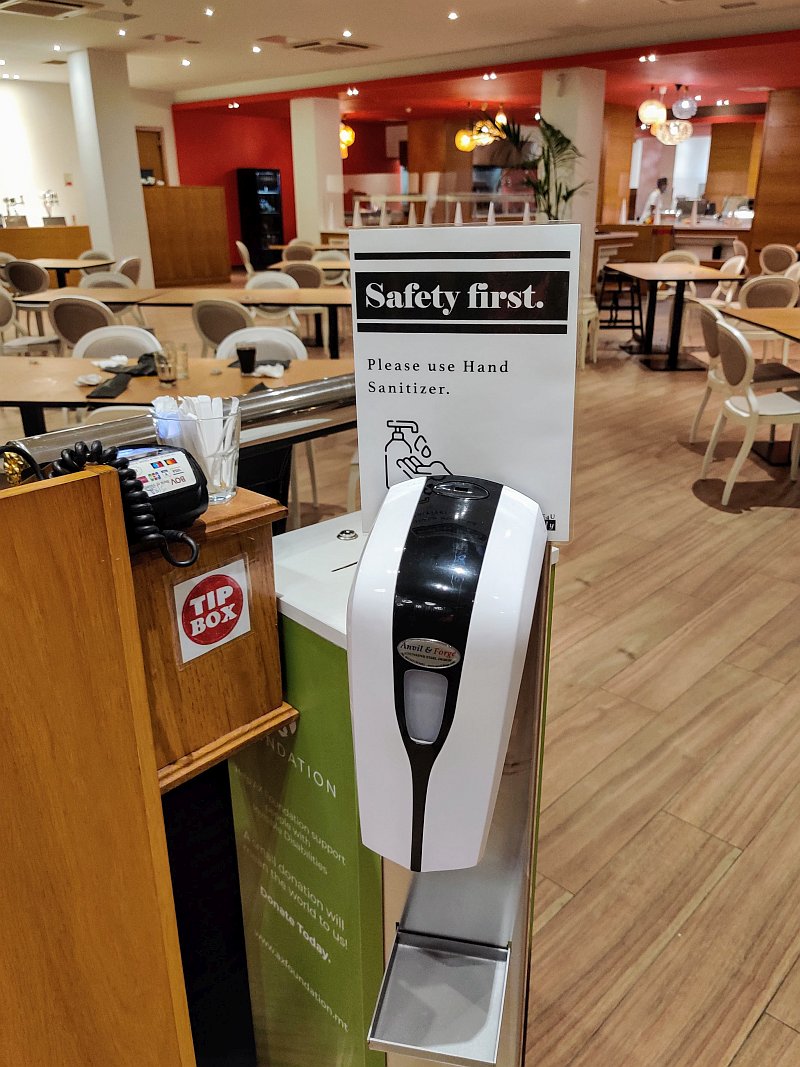
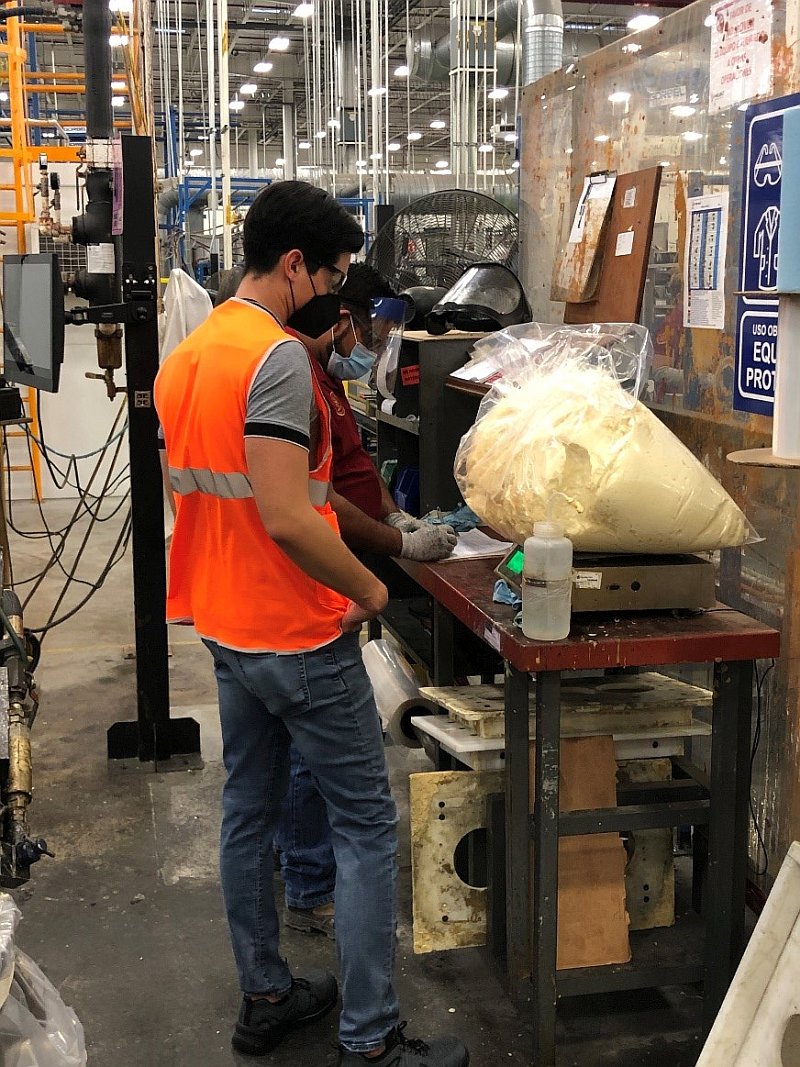
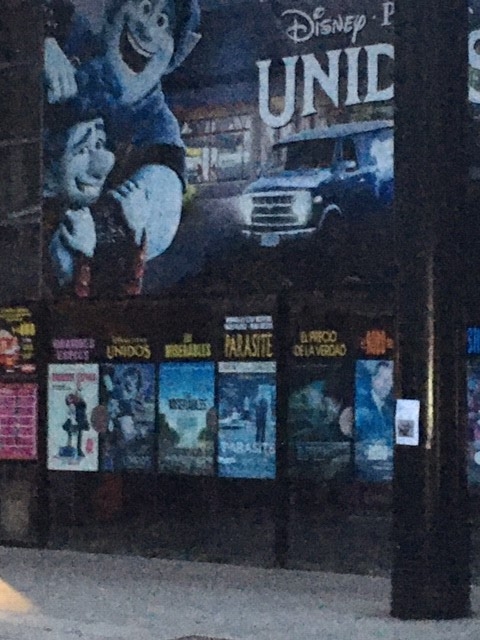
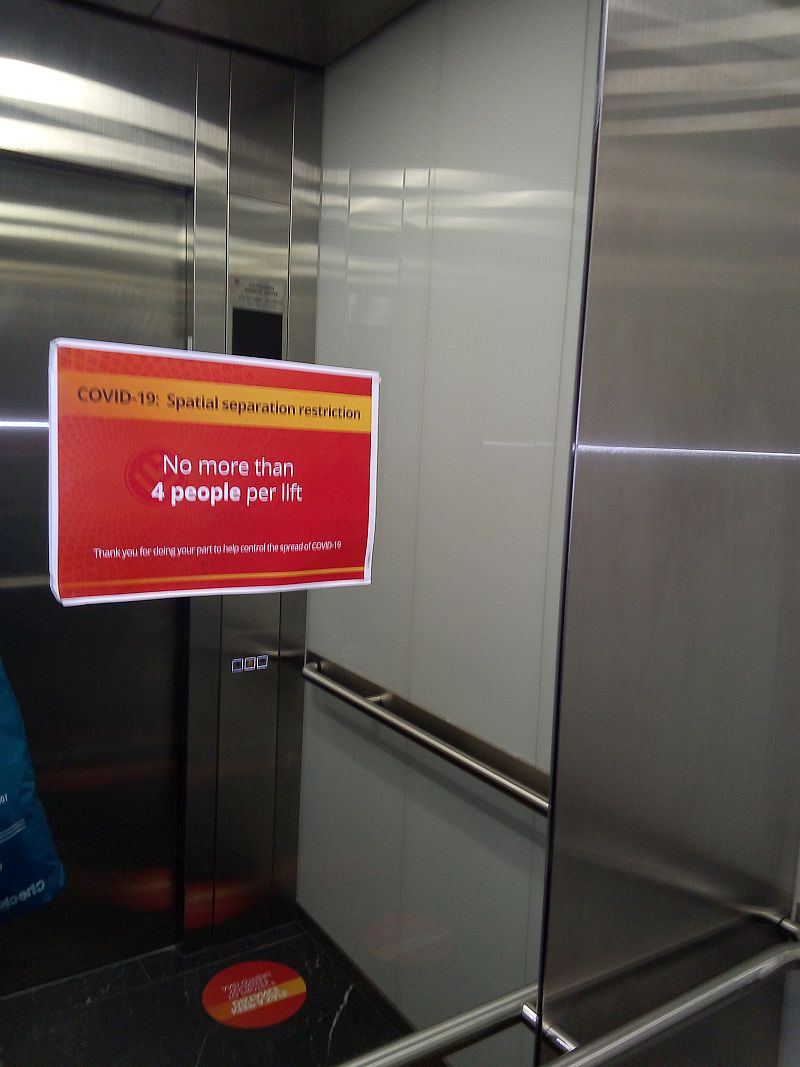

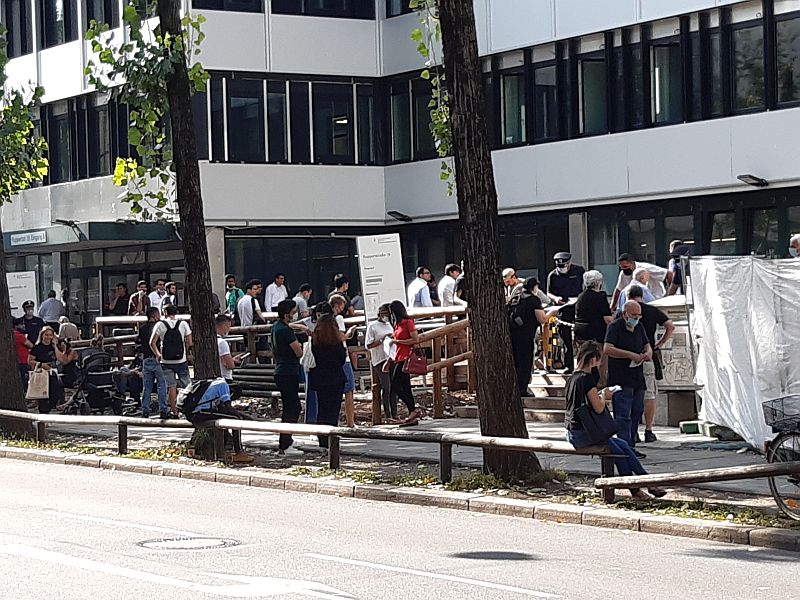

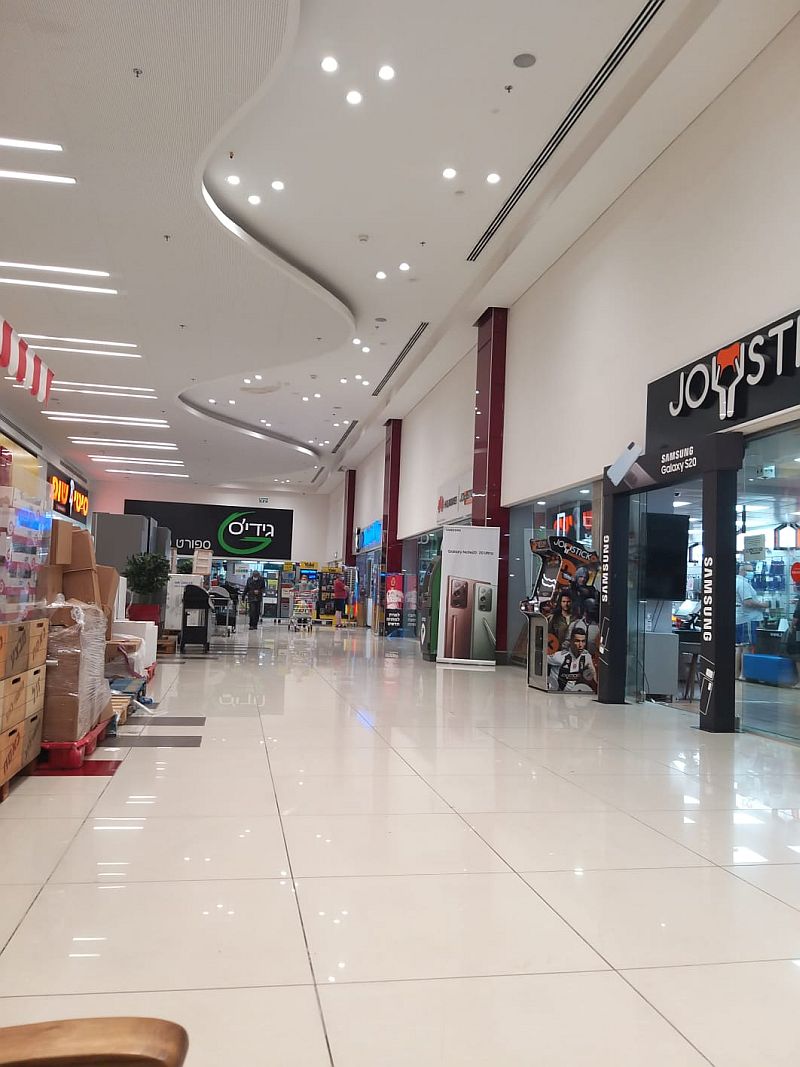

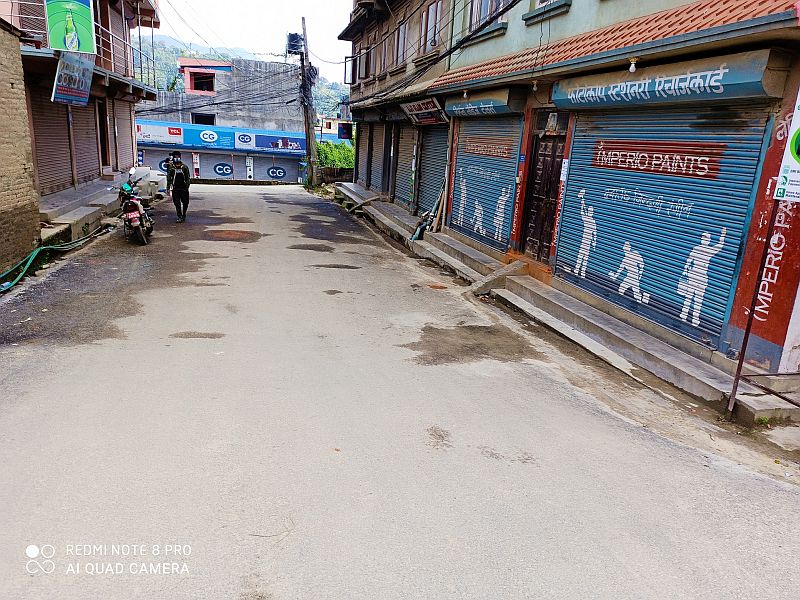
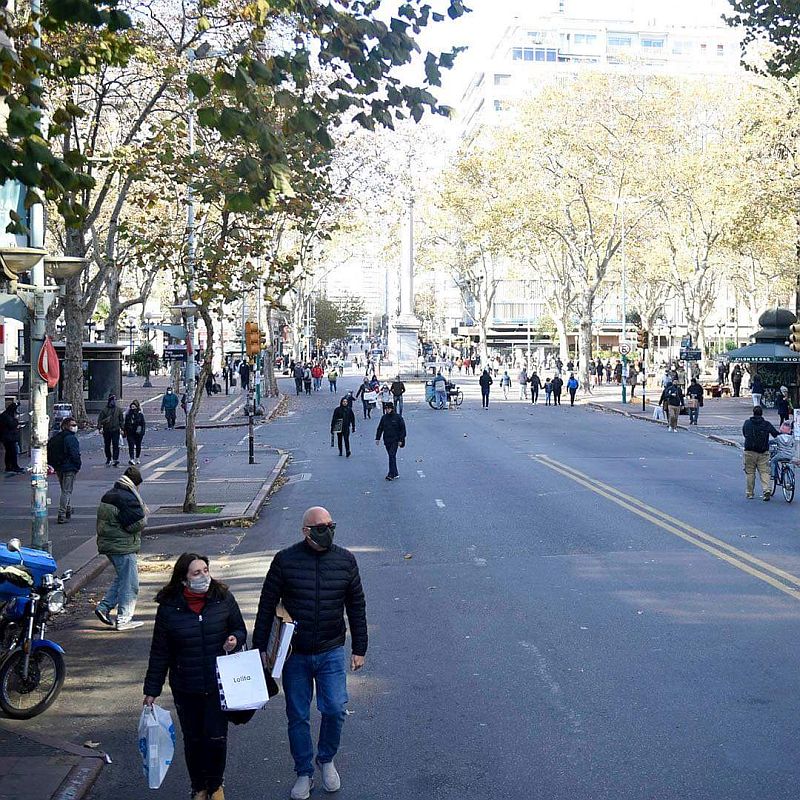
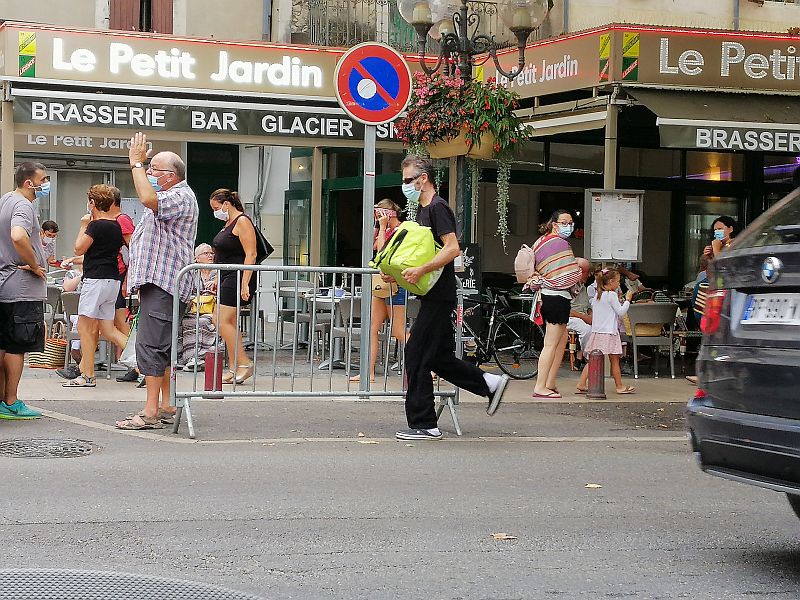
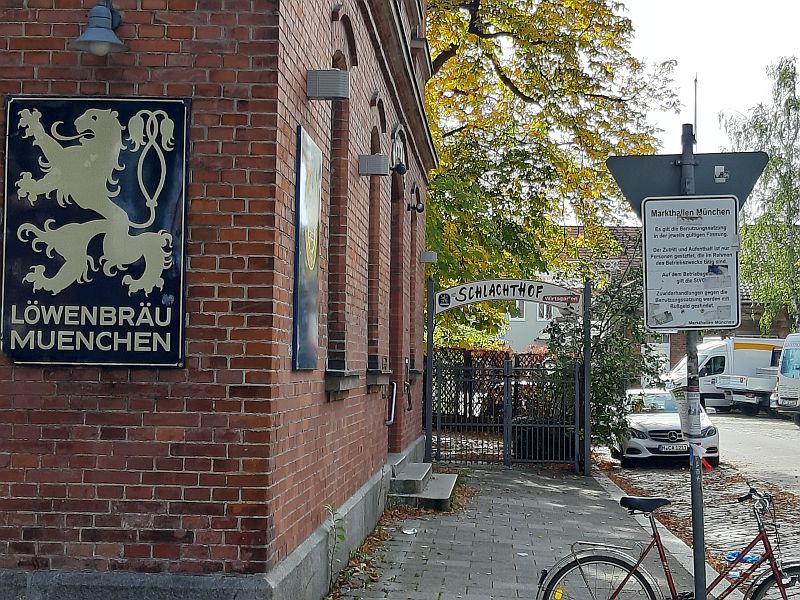
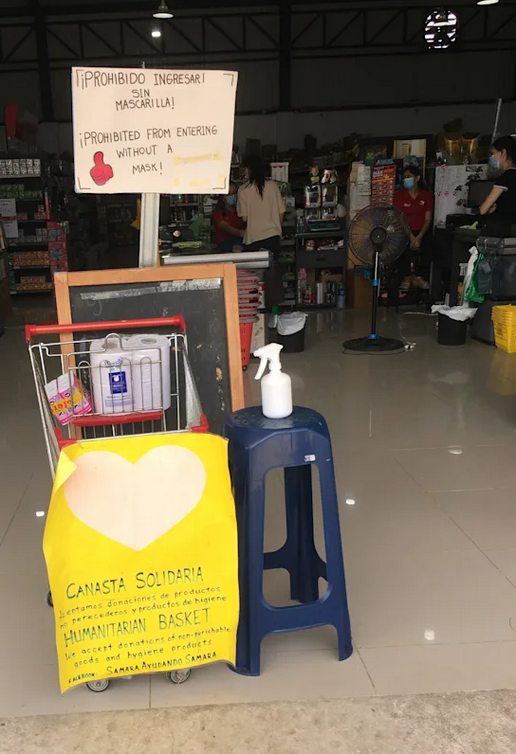

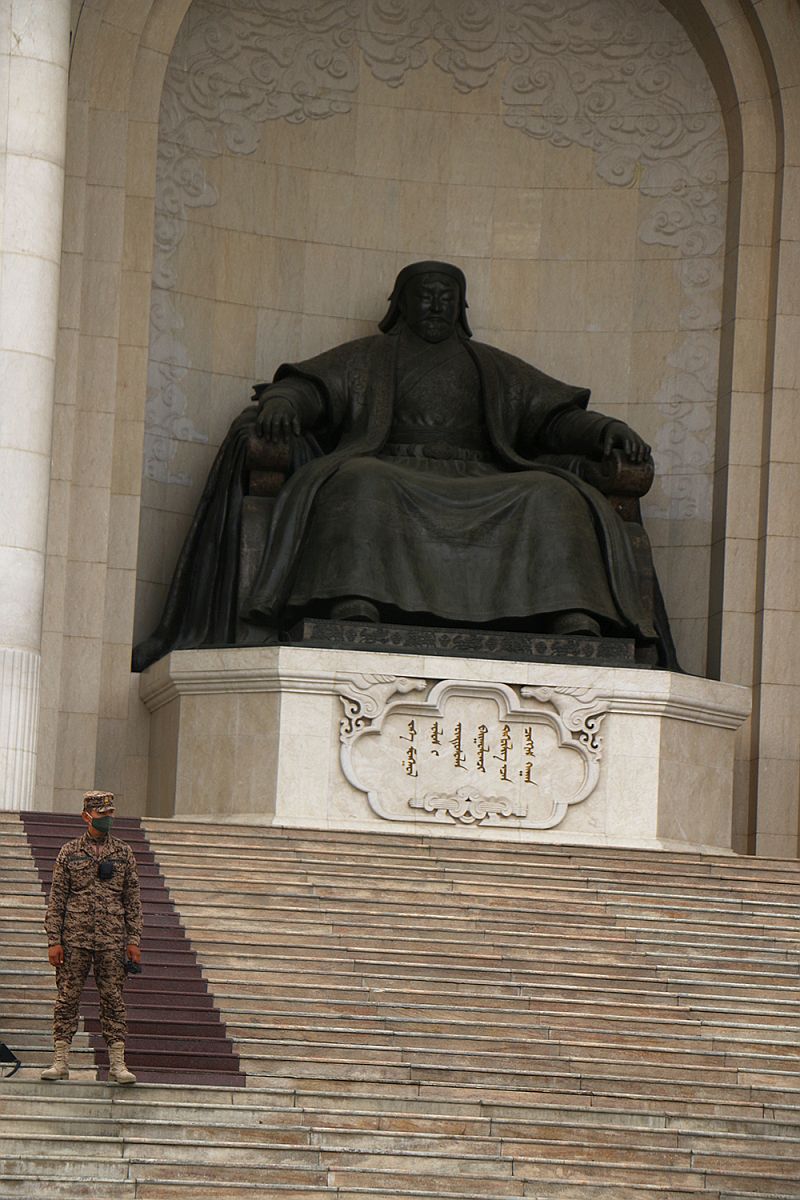

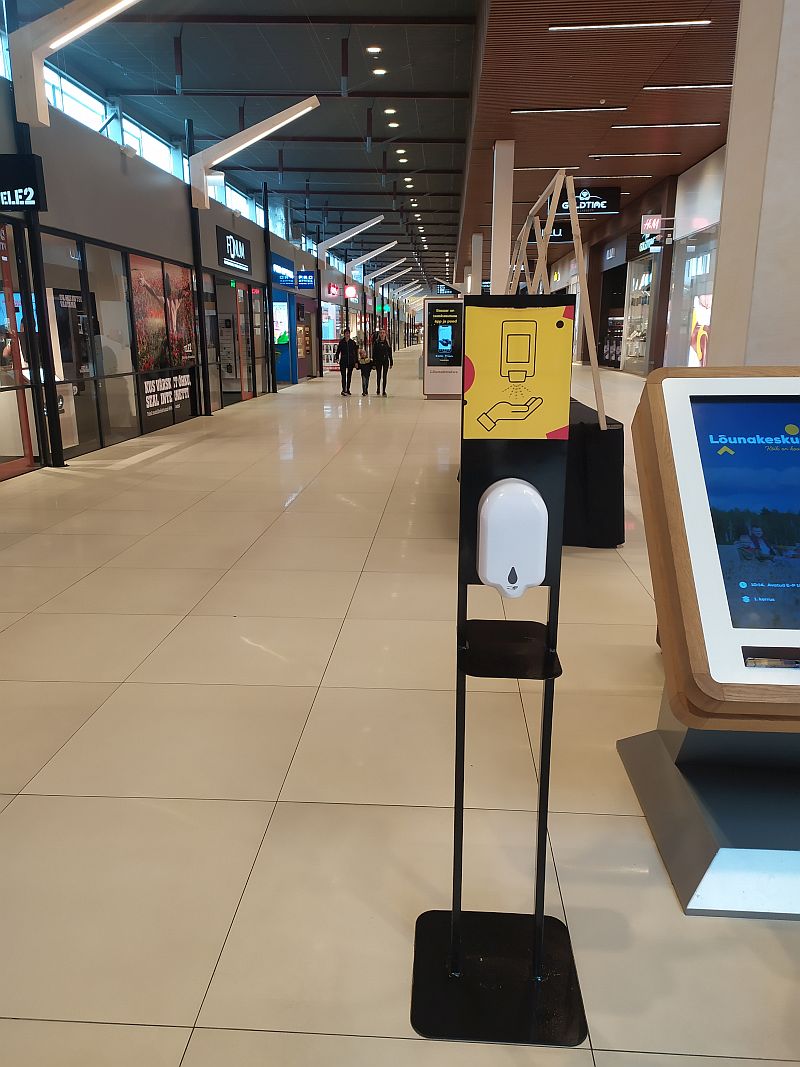

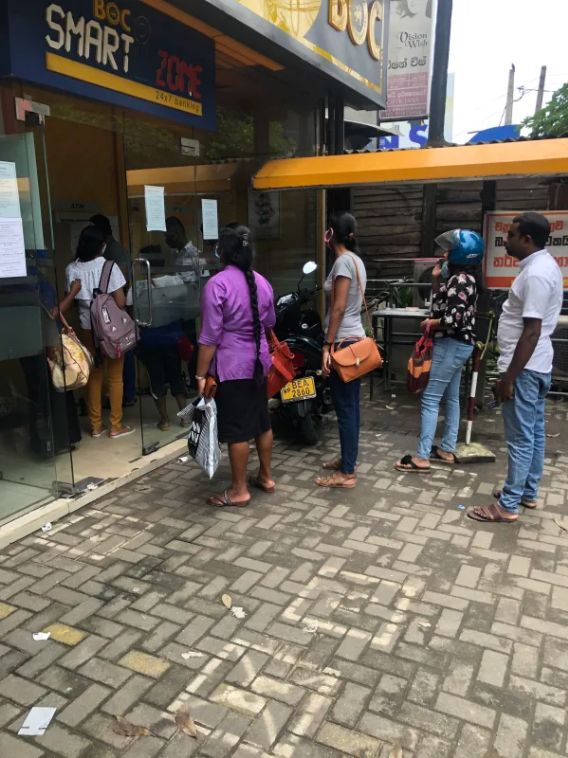
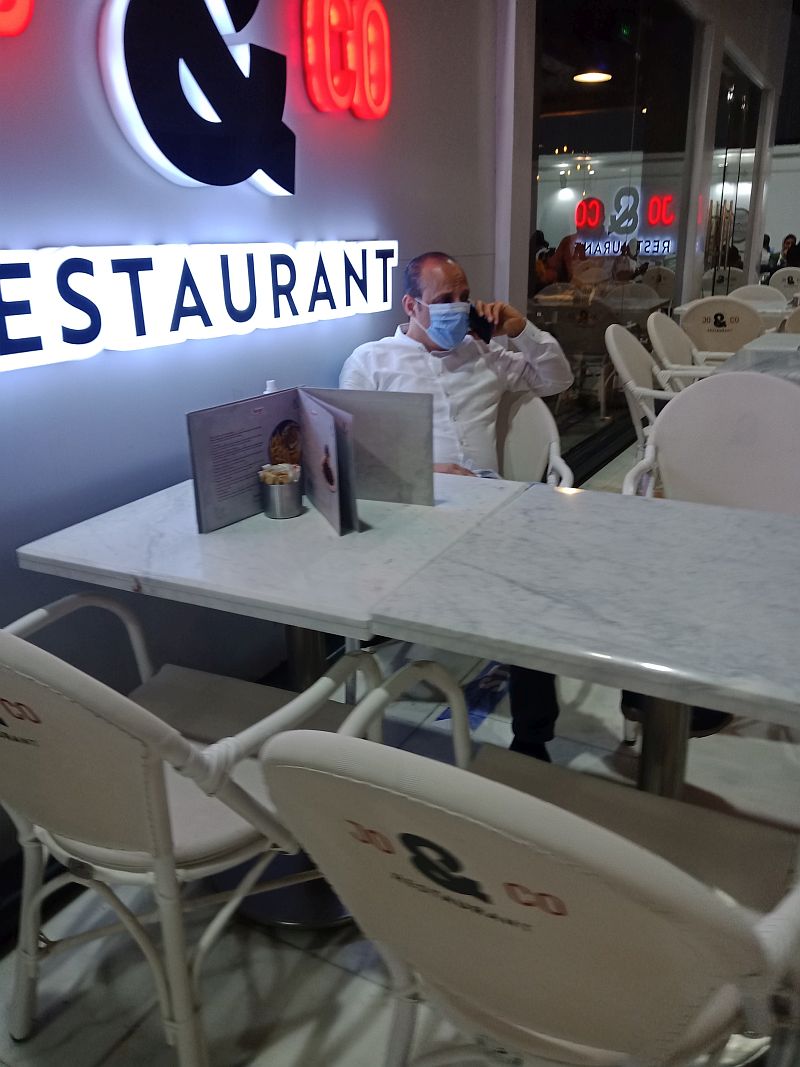
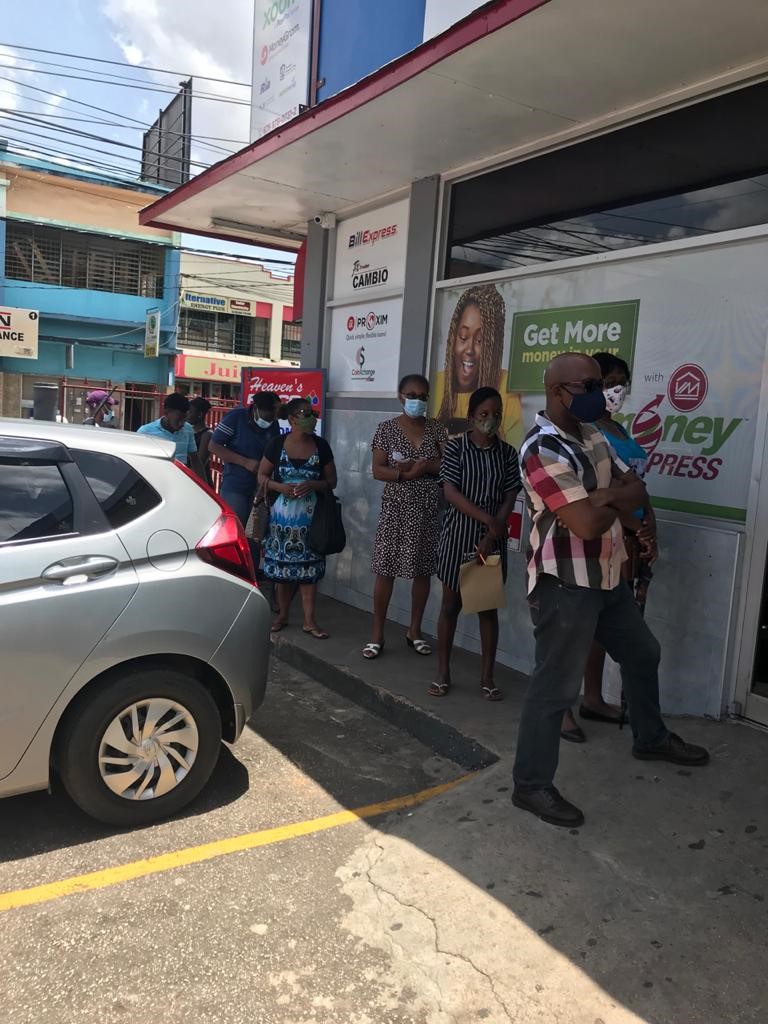
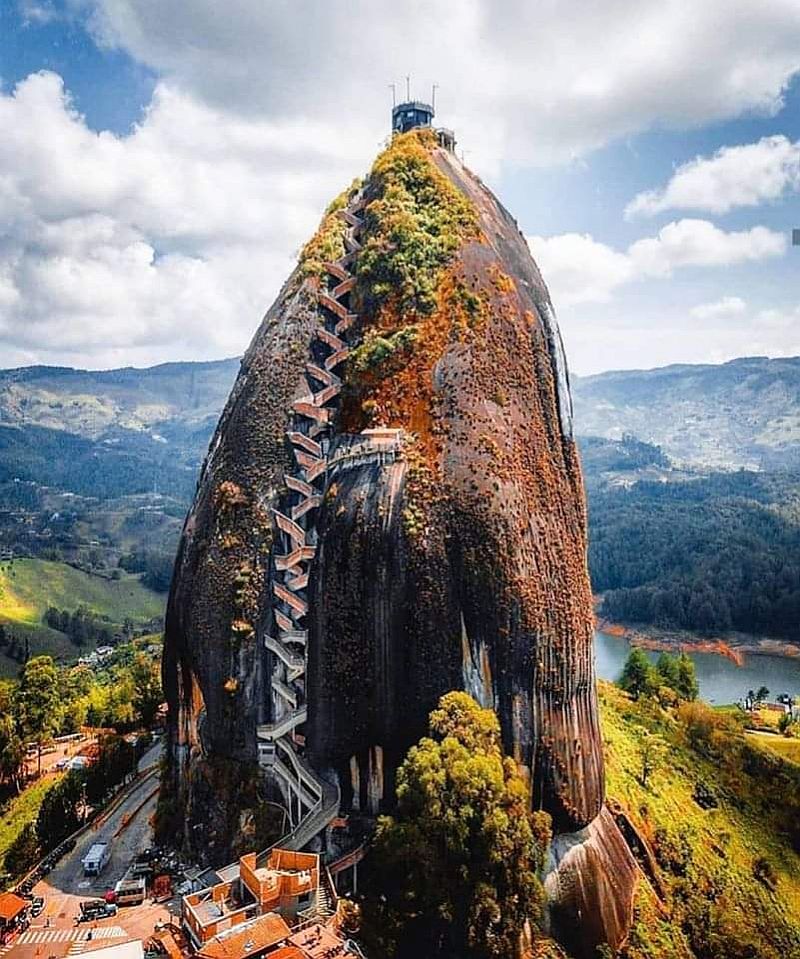

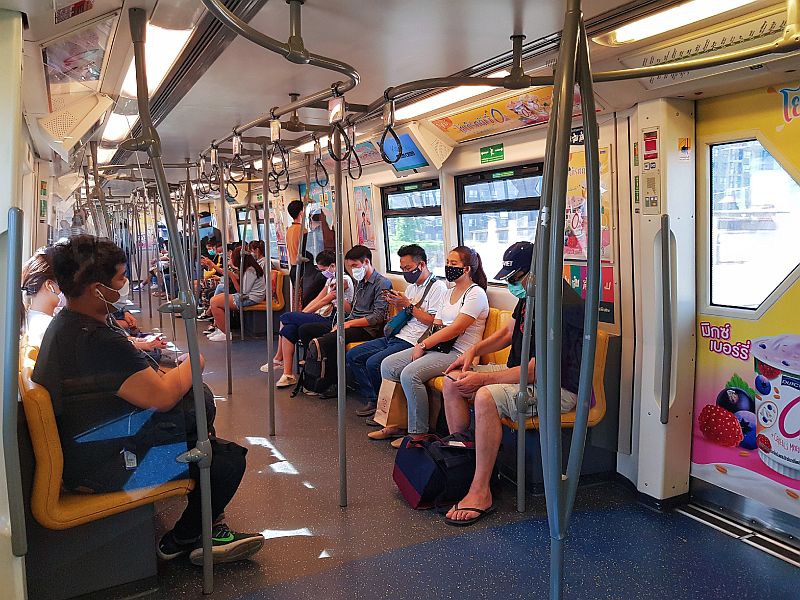
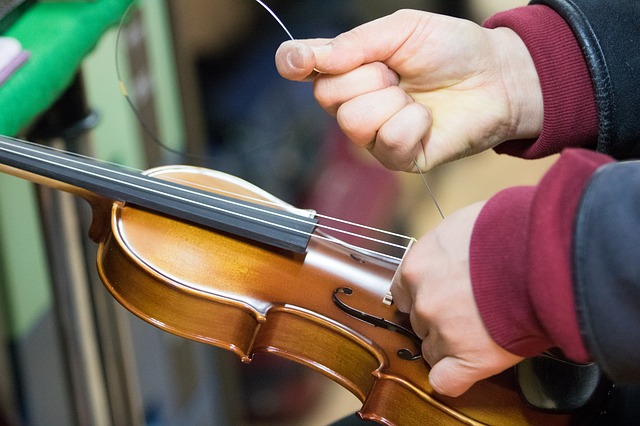
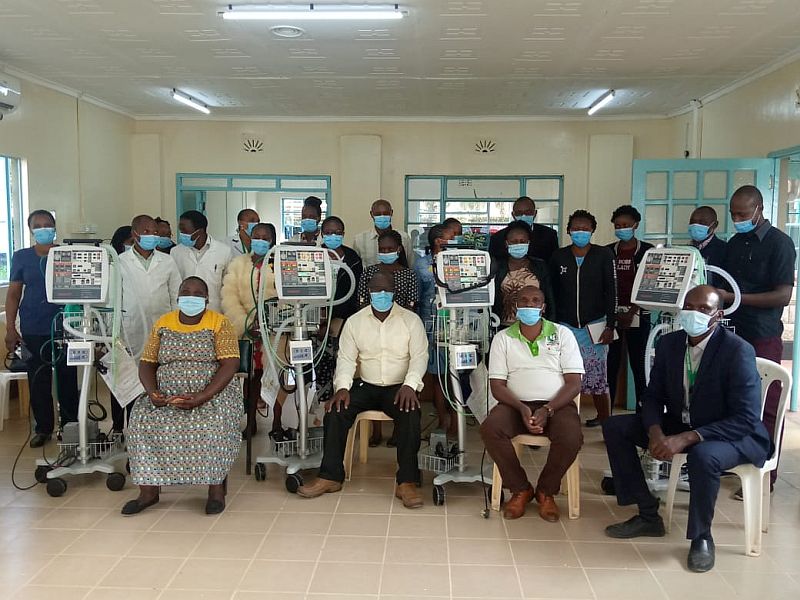
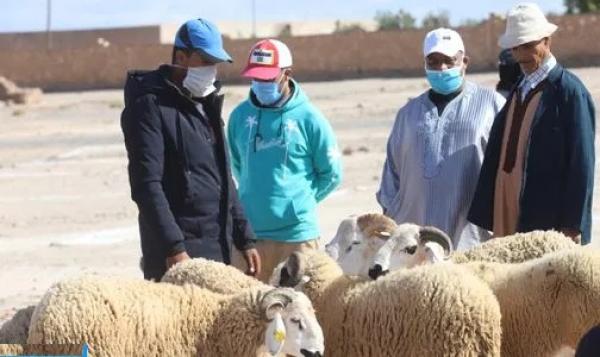


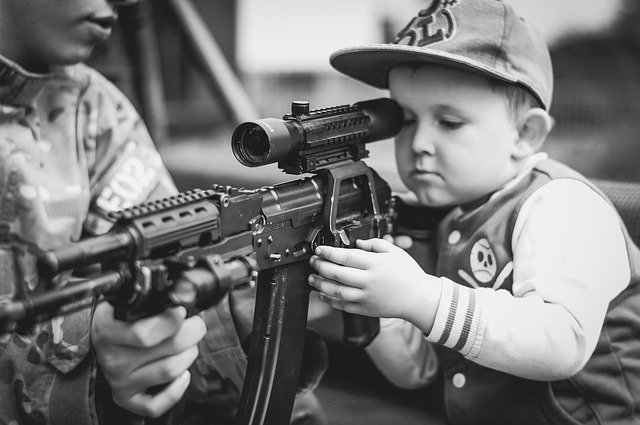

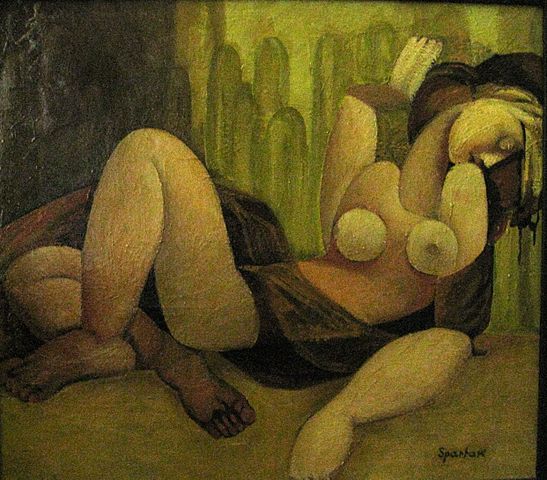

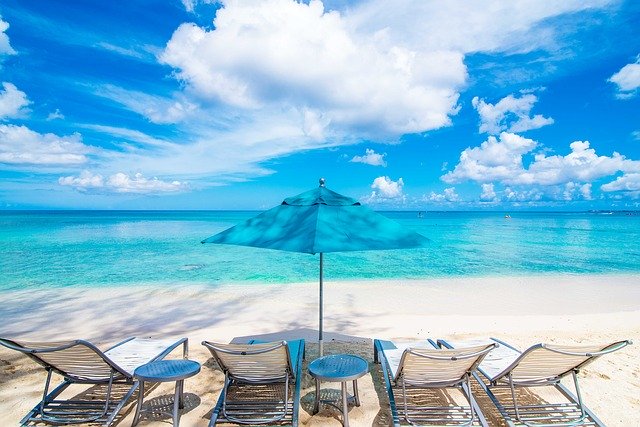
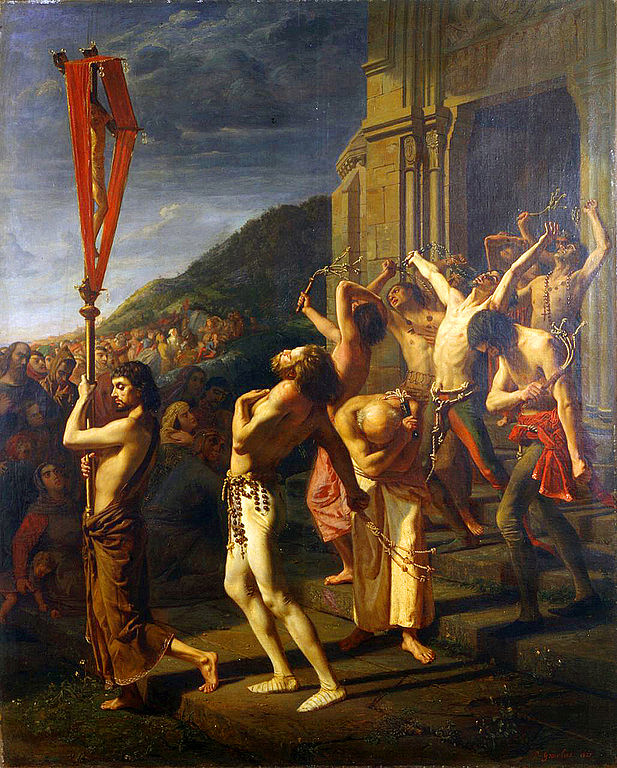


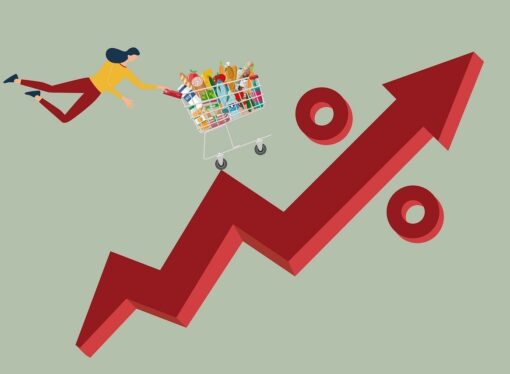
Leave a Comment
Your email address will not be published. Required fields are marked with *